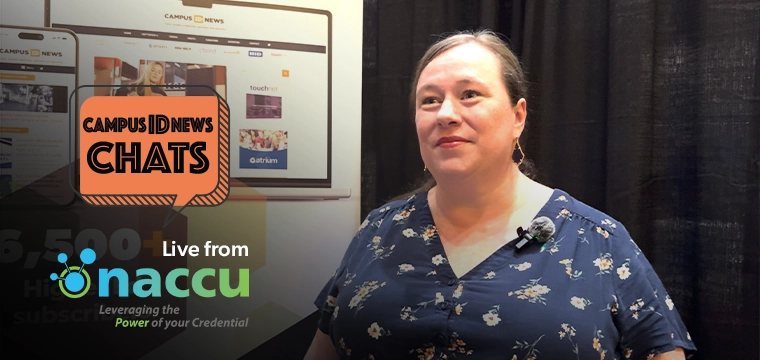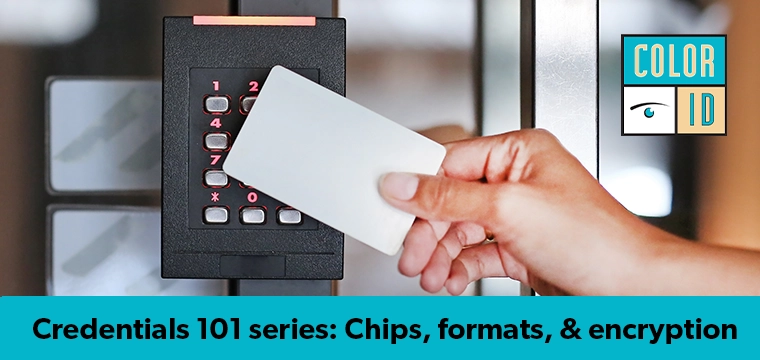
Deciphering the challenges of transit on campus cards
Successful partnerships between a university and transit authority are often the result of careful, long-term planning. The caveat, however, is that there are often integration challenges and differences in card technologies that make transit partnerships a tall order.
“These partnerships aren’t relegated to just rail-oriented, mass transit agencies in major metropolitan areas,” explains Staples. “Smaller city bus system providers also have fare collection systems that may lend themselves to a greater partnership with the institution, beyond the reselling of passes on campus.”
The primary challenge is the advanced planning necessary to have multiple applications on the same card. “In this case we’re really talking about a contactless card, where management of encryption keys and allocation of space on the chip needs to be considered and planned for,” says Blackboard’s Gretz.
Just like universities, transit bodies make technology choices, often invest heavily in that infrastructure, and ultimately live with those choices for some period of time. “If the campus has chosen a non-standard contactless technology or still relies on magnetic stripe, then the gap may simply be too wide to make integration possible,” explains Staples. “Adherence to ISO standards and close dialogue with a potential transit agency partner are key to making integration possible.”
Coordinating the priorities, technologies, budgets and timelines of both the university and a potential transit body is somewhat like 3D chess, says Staples. “There are so many variables to solve for, not to mention the need for a level of dialogue that often transcends the norm.”
Card technology aside, the look of the cards might present an issue as well. “If the transit pass uses visual authentication, the transit company may have specific requirements for the layout, which would require approval by the university,” CBORD’s Winkelman explains. “In geographies where multiple universities are capable of utilizing the same transit system, coordination of the technology or visual layout presents an even greater challenge.”
But using a visual feature, such as a sticker or other secure identifier, can make this integration simpler. “When a simple visual identifier is used there seems to be less of an issue launching a joint transit program since there is less project management involved,” says Heartland’s Emery. “And this can always be a first step to a more technical solution.”
Despite there being a number of universities that have experienced friction in their attempts to implement transit, it must be noted that there have been successes.
Despite the challenges that can befall a university trying to implement transit on its campus card, there have been success stories. The latest to make the integration work could be the University of Massachusetts Boston, where a combo MIFARE/iCLASS credential will be issued to students later this year.
While the project remains in the pilot stages, the university is optimistic that it will be a hit, says Peter Bonitatibus, UMass Boston’s director of information systems and technology. “We’re in the testing phase now, but loading the card with funds has not been an issue,” says Bonitatibus, who has experience with the credentials first hand. “I have one of the cards and it works fine with the mass transit here in Boston.”
The combo MIFARE and iCLASS card is proving to be an ideal solution.
The campus wanted to use HID’s iCLASS contactless technology for physical access control, but the Massachusetts Bay Transit Authority’s uses MIFARE, explains Bonitatibus. “MIFARE ignores the iCLASS (signal) and vice versa, so there’s no conflict in the card,” he says.
Also pivotal to the project at UMass Boston is the role of the university’s local transit authority. “Our transit authority is very cooperative,” says Bonitatibus. “We are set to go, and so far I have had no issues putting money on the card.”
The University of Victoria in British Columbia has fully integrated with the local transit agency, enabling students to use campus cards for fare collection. The solution was recognized by NACCU in 2013, receiving the organization’s Innovative Technology Award.
Victoria’s partnership with its local transit authority dates back to the early 2000s when students enrolled in on-campus, for-credit courses could obtain a bus pass at a discounted rate as part of a system known as the U-PASS. At that point in time, the process relied on stickers applied to the student card to denote validation.
With the current solution, however, Victoria uses MIFARE contactless technology for the One Card system and a magnetic stripe for U-PASS integration. The information reflects students’ U-PASS eligibility status – active or inactive – as well as U-PASS start and end dates.
A self-service kiosk from Phoenix Kiosk enables students to insert their card, have the system check eligibility and encode the ID card with updated U-PASS information.
Elsewhere, Western Washington University partnered with the Whatcom Transit Authority to provide students enrolled in six or more credit hours with a yearly bus pass. This program reflects the more traditional agreement where the university subsidizes transit access through a one-time fee included in the student’s tuition payments.
Dubbed the Alternative Transportation Fee, the program at Western Washington was voted on and passed by students in 2007. Students taking six or more on-campus qualifying credits are assessed a mandatory Alternative Transportation Fee of $26.25 per quarter that is applied with other university fees and tuition. In paying the fee, students have access to the Whatcom Transit Authority bus system for the full academic year.
The bus passes are manually encoded onto the university’s Western ID card’s mag stripe, and must be re-encoded for each new academic year and summer session.
Transit integration on the campus card is anything but impossible, but some caveats remain.
“Transit companies have often held fairly tight control over the credential technology used, and they have not always seen that integration with a campus card system as providing a boost in ridership,” says CBORD’s Winkelman. In an urban environment, the transit agency could have to integrate with numerous campus card systems to see real benefit, he adds.
Where some have tried and failed in the past, others are now making inroads. Careful planning and open dialogue between all stakeholders will be key, and provided everyone at the table is willing to work through the logistical challenges, students may yet be able to hitch a ride.
“There are quite a few cases where transit and the campus have figured this out. It primarily comes down to issuance of the credential,” says Gretz. “Campuses and transit agencies are both issuers of their own credentials. Moving to the multi-application model, the transit systems in particular needs to be comfortable with their account information being securely stored on a card that is issued by someone else.”
Transit integration strikes at the heart of what the university ID, specifically the idea of a ‘one card,’ is all about – the student experience.
“This all goes back to the idea of enhancing the user experience,” says Blackboard’s Staples. “A successful program will be about more than just the difference between one or two cards, it will be about making it easy for the user to obtain, fund and use a credential that simply does more for them.”




